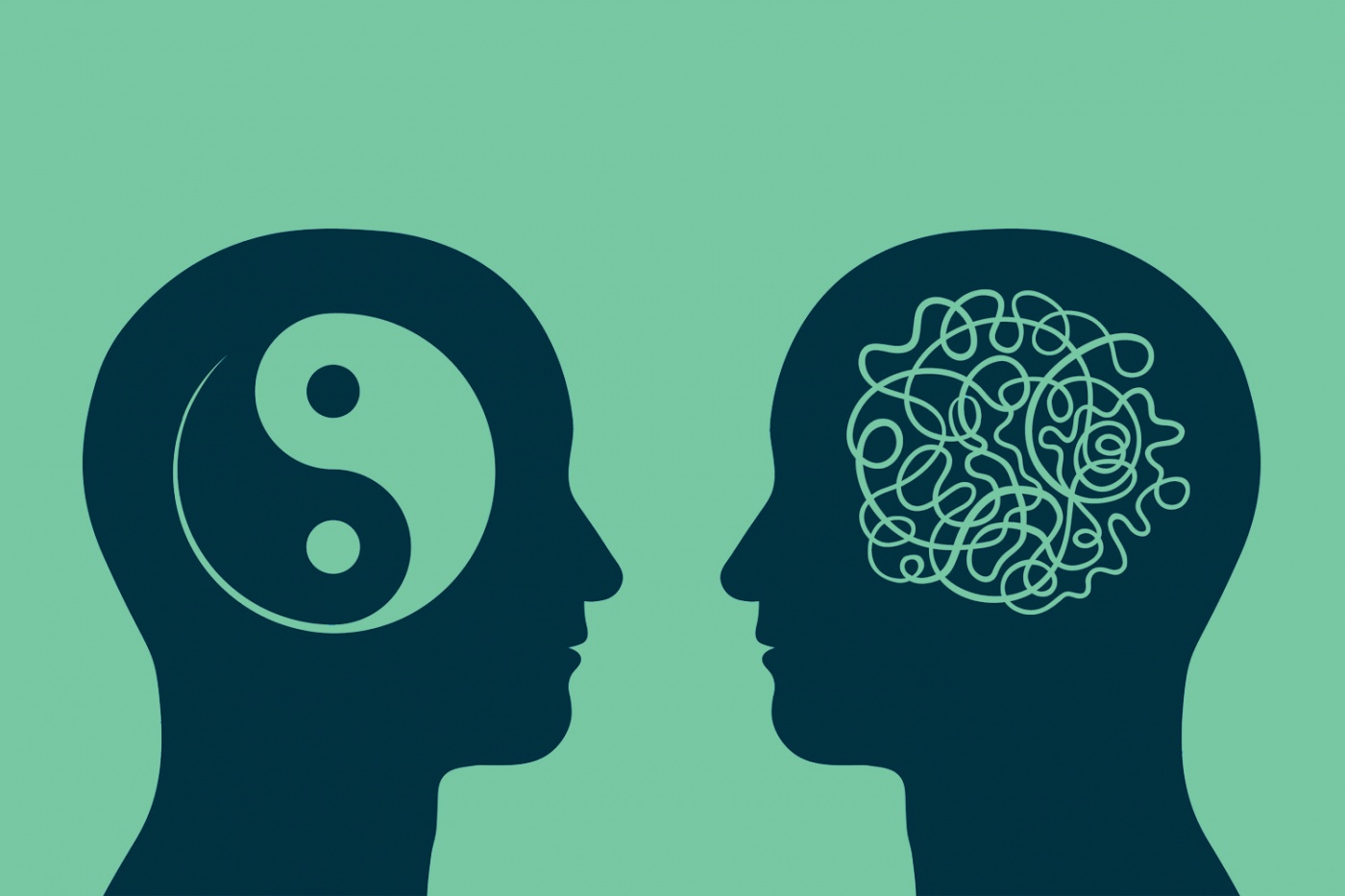What Mindfulness Is and What Meditation Isn’t
The meditation and mindfulness industry is raking in billions. Silicon Valley loves it. Fortune 500 companies invest extensively in meditation training programmes for their employees. Oprah Winfrey, Ray Dalio and Steve Jobs are just one of the many high-profile entrepreneurs and leaders who extol the benefits from the practice. Millions of users use apps like Headspace and Calm—the latter which was valued at $1 billion in a recent series B funding round.
It’s not hard to see why. When meditation went mainstream, it seemed to answer an intrinsic longing for tools against the onslaught of expectations that turns the everyday into a race where many are left breathless and scrambling to keep up. The pervasiveness of technology has also created an increasing emphasis on efficiency and speed, where productivity stands as a default measure of accomplishment. Snooze, and you lose.
We want to succeed. We want to live the life we think we’re supposed to have. We want to be recognised and respected in the workplace and at home. Even if it comes at the cost of our mental and physical health.
Fixating measures of self-worth on our careers is exhausting. Success in a competitive culture can be exhilarating, but seldom permanent, leading us to chase after new ways to boost self-esteem. It’s a race that doesn’t seem to end, especially if everyone else is doing the same.
To be told, then, to stop for a moment and focus on nothing else but our breath, feels like the reprieve we all need but dare not ask for. In fact, studies have shown that the regular practice of mindful meditation is good for us. It can make us more focused, emotionally resilient, and propel us to be better leaders. It can help us navigate stress and increase our capacity for compassion. Furthermore, it improves our body’s immune response, lowers levels of cortisol, enhances sleep quality, and in the long term, even changes the structure of our brain positively[1]. Perhaps ironically so, it also helps us be more productive and saves a load of money on corporate health insurance for companies.
Being mindful about mindfulness
But mindfulness and meditation are not both sides of the same mirror.
Unlike the practice of meditation, mindfulness doesn’t require you to devote a block of time each day. Mindfulness is, in essence, a state of being where one is attentive, aware and present. It is simply an active process of noticing whether you are fully engaged in the present moment, and a complete and fundamental shift in the way you participate in life.
The Eastern concept of meditation, which is based on non-judgemental observation of thoughts, emotions, and feelings, promotes a similar focus on the present moment and self that makes it easy to muddle the two concepts.
The fundamental difference is in the approach. While meditation brings you into a certain state of mind, body, or presence, mindfulness is the state.
So which came first, meditation or mindfulness?
One of the earlier mainstream routes can be traced back to Jon Kabat-Zinn’s mindfulness-based stress reduction (MBSR) course, where he presented meditation as a technique for pain relief backed by science. Ex-Googler Chade Meng-Tan also took the principles of meditation from Buddhism and popularised it in Silicon Valley by positioning it alongside emotional intelligence.
Next came self-improvement books, Johanna Basford’s adult colouring illustrations and apps that reached unicorn status. Meditation can now be done at modernised Buddhist meditation halls that offer soothing warm lighting, cool wooden floors, and strategically-placed plants to create atmosphere. Even fitness and yoga studios hop on the bandwagon with guided meditation classes for those who prefer to be quiet in a group.
It could be a matter of semantics; both have their own indisputable benefits. The differentiation lies in the awareness of why we are doing what we do. We choose to meditate or work on being more mindful, because we know how it impacts us—regardless of what the media says.
In other words, we return the control of health to our hands where it should be.
A quick introduction to mindfulness in your everyday
Mindfulness can happen anywhere and at any time. Think about your home, or your office. These environments are familiar and ripe for everyday interactions that can make us blind to moment-to-moment changes. Are you able to pick up on your spouse’s or colleague’s fluctuating mood or shift in energy? Does the light brighten the meeting room up more in the morning, or afternoon? Can you find different ways to describe your work if someone asks about it?
It’s easy to fall into habitual categorisations that we passively rely on. Tuning into these conscious observations can awaken us to the truth that not everything we know is what it seems. Without mindfulness, we are merely reacting in ways conditioned by past experiences or led by pre-existing assumptions. It is a subtle but profound shift that can make us continuously mindful, and perceive new situations without hubris.
The result of this is that we can be focused but not single-minded. Being more sensitive to different contexts allows us to respond with dexterity when faced with unpredictable circumstances. We are able to see meaning in both success and failures, and turn challenges into opportunities.
Perhaps more importantly, mindfulness is about enjoying the present rather than wishing we’re somewhere else, or caught between the past and future. Once we see that there is another perspective, it opens up new ways of seeing that we never knew were possible—and that we all innately own the power to change things ourselves.
[1] Harvard scientists found mindfulness meditation to increase cortical thickness in the hippocampus, which governs learning and memory, as well as regions of the brain linked to emotion regulation and self-referential processing. There were also decreases in brain cell volume in the amygdala, which is responsible for fear, anxiety, and stress.


